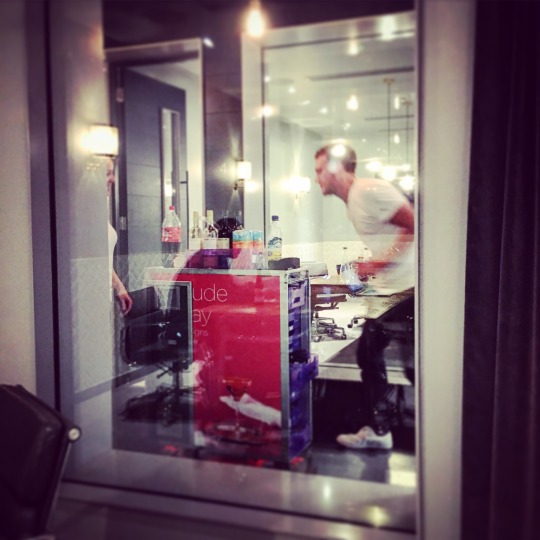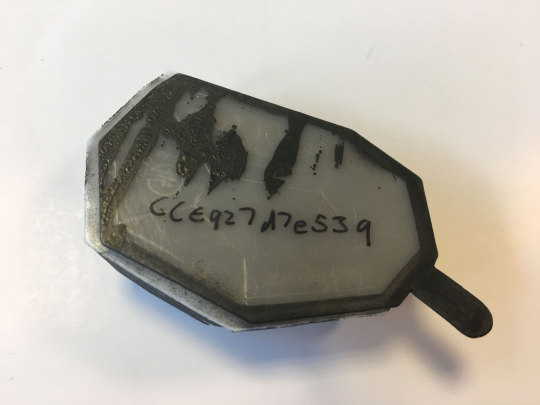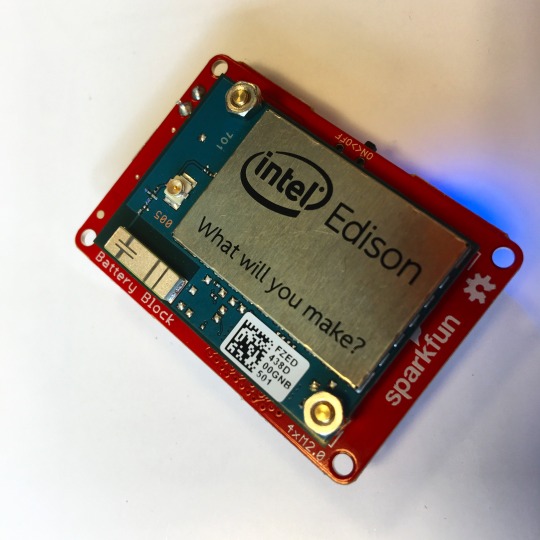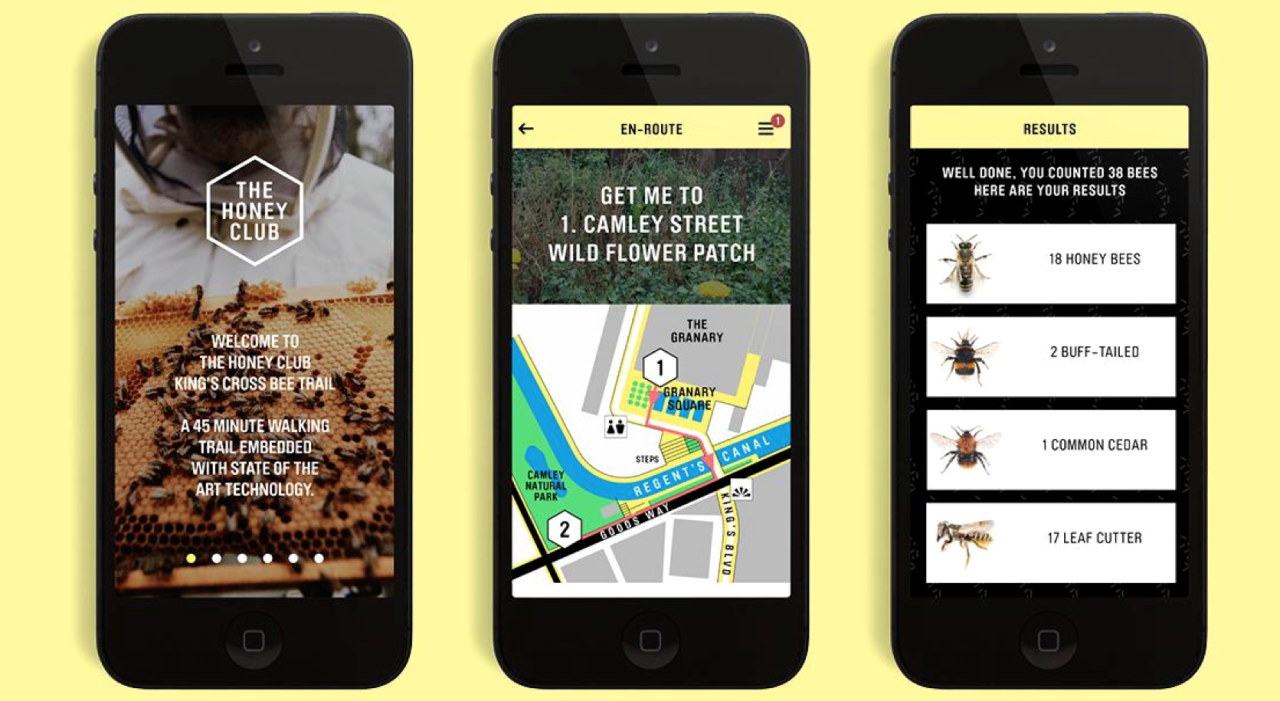anthony galvin
TAGGED: BEACONS
Creating a connected drinks trolley
Most agencies have a Friday drinks routine. At AKQA London there’s a couple of Virgin Atlantic drinks trolleys that do the rounds. Split over 3 large floors, it’s sometimes hard to know exactly when your G&T is going to arrive. To counter this problem we decided to upgrade the drinks trolley.

The CRD team have been adding estimote beacons across the office (15 or so per floor). These give pretty good coverage, more than enough for a drinks trolley tracker. There’s a few ways you could check the location of the trolley, but it made sense to use all those beacons.

To turn the trolley into an IoT device, we used an Intel Edison hooked up to a SparkFun battery pack. The Edison is Intel’s small connected prototyping device. Think an Arduino but with a bit more power and built in WiFi and Bluetooth.
The Edison runs a version of Linux and you can write apps in a variety of languages including node.js. Using the Bleacon library I wrote a simple script that uses the onboard Bluetooth to scan for beacons.
When the Edison finds a known beacon, it calls a service to let it know which beacon is nearby. To keep things simple we are using AWS API gateway and dynamoDB so there’s no server side code to manage. There’s a second endpoint that returns a list of places the trolley has been. We then use this data to populate a simple website to tell people where the trolley is.

It’s a fairly silly application for IoT, but it shows how you can create a proof of concept without lots of infrastructure. The good news is we now know where the trolley is. The bad news is that it doesn’t make it arrive any sooner.

2016-09-16 14:50:38 GMT permalink
The Honey Club made a film about the #KXBeeTrail app that Wolff Olins helped to make last summer. Warning includes me talking!
2016-01-07 12:55:04 GMT permalink

Early this summer the Honey Club, a social enterprise comprising of Wolff Olins, Urban Bees and Global Generation launched #KXBeeTrail - a technology powered walking tour of King’s Cross that aims to help people learn more about the relationship between bees and the urban environment.
The app uses Physical Web beacons, an open source Bluetooth technology that allows physical locations to have a web address. As people wander round the trail they can unlock information and participate in some interactive citizen science by counting bees at key locations.
There’s a companion app for Android and iOS that guides people along the route. To build the app, the team used PhoneGap a cross platform app development ‘wrapper’ that makes it easy to create native applications. By using responsive web techniques we were able to fairly quickly create an app that could work well across thousands of different devices and use the latest Bluetooth LE native functionality that’s available in most modern smartphones. The other benefit of using PhoneGap is that it allowed us to keep our usual front end workflow in place - using tools like Gulp to automate the build process.
To help fast forward the development we were indebted to a couple of key open source projects and libraries that handle the low level communication between the beacons and peoples phones - most notably the BLE library for Cordova / PhoneGap by Don Coleman.
But this (hopefully) isn’t just a worthy science project, there’s a mix of fun activities, educational content and some utility for users who get to explore an area of London that’s changing rapidly whilst unlocking vouchers for some of the best restaurants and cafes in the area.
In many ways it’s easy to see this as a technology and science project. But it’s more complex and interesting than that. To create this kind of physical and technological experience in public requires an extreme form of collaboration between different teams, disciplines and experts - including bee experts, sign makers, horticulturalist, software engineers, designers (of all types), project managers, strategists, property managers, event planners, testers and (most) importantly local people and visitors who are the end users.
The signs will be up, and the app available for a few more weeks (whilst the bees continue to work their magic), as part of what is the first phase of the project for the honey club, and hopefully a better future for the urban bees of London, N1.
2015-09-22 22:04:53 GMT permalink